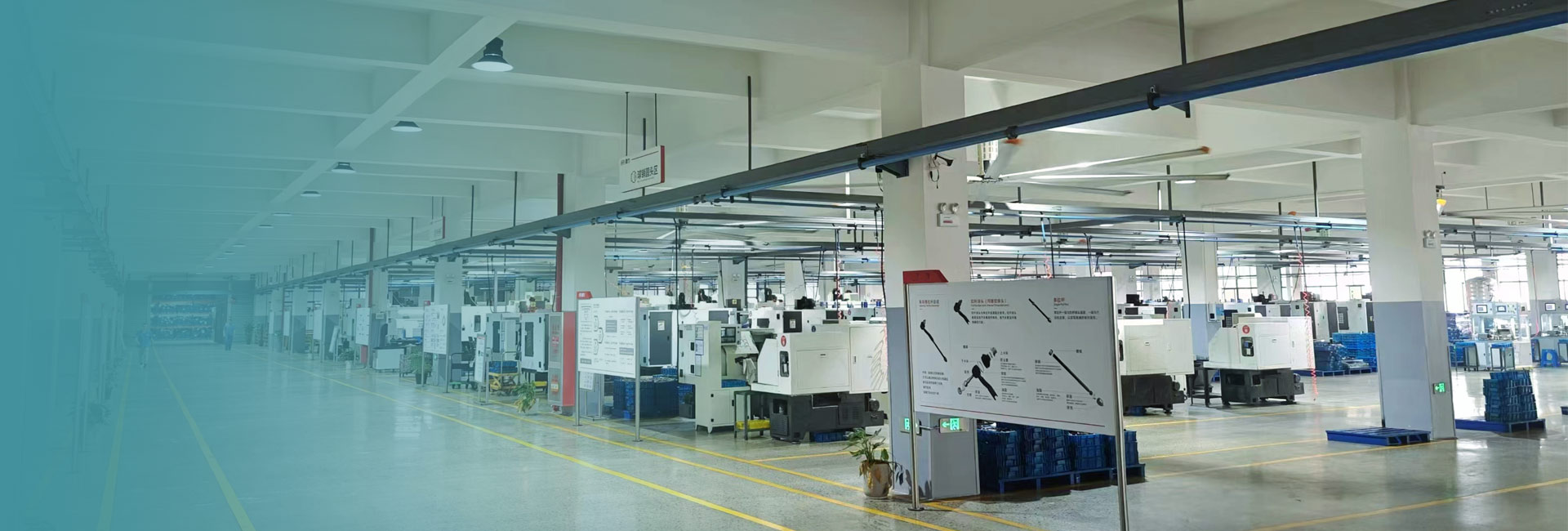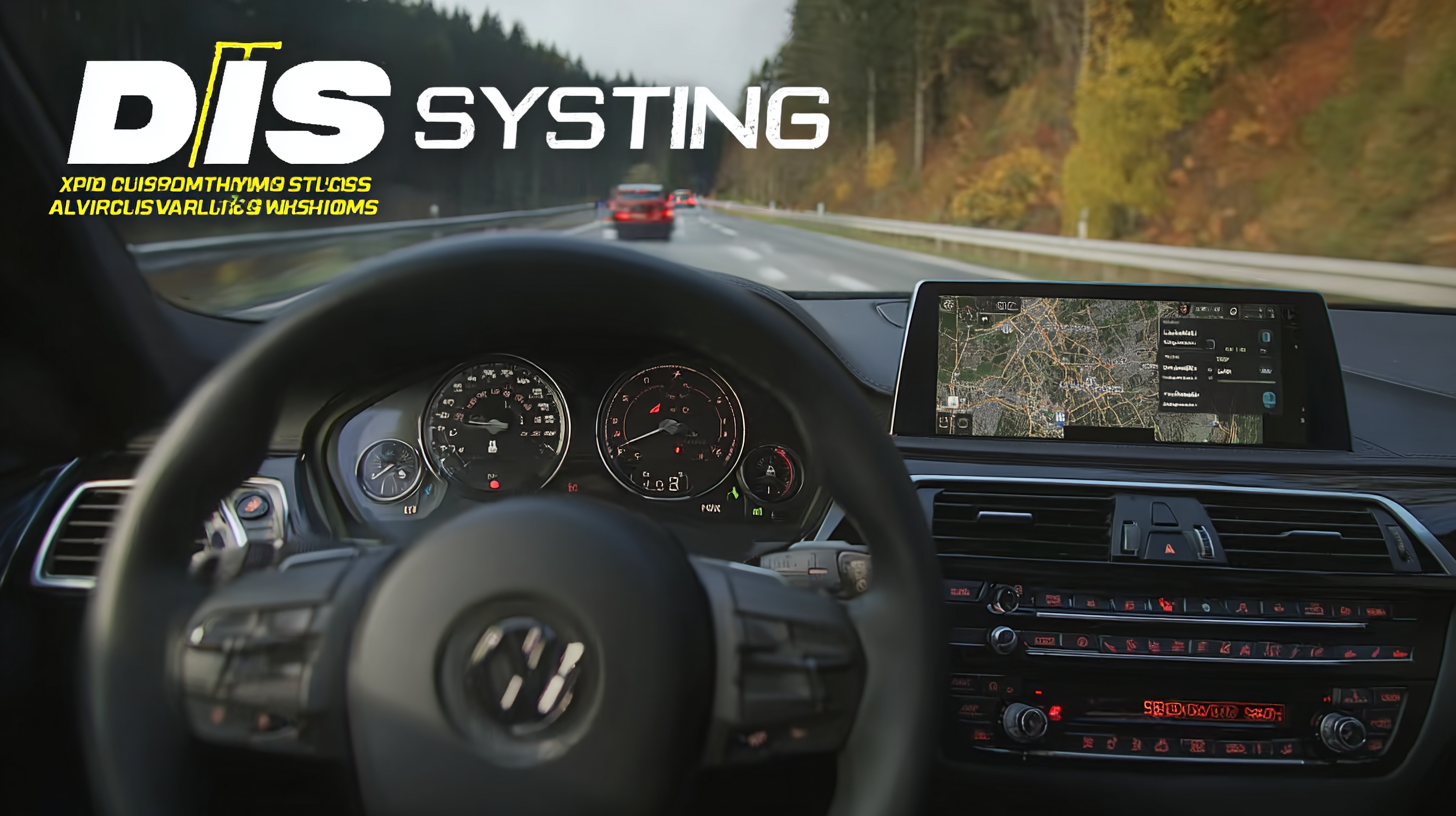


- English
- Español
- Português
- русский
- Français
- 日本語
- Deutsch
- tiếng Việt
- Italiano
- Nederlands
- ภาษาไทย
- Polski
- 한국어
- Svenska
- magyar
- Malay
- বাংলা ভাষার
- Dansk
- Suomi
- हिन्दी
- Pilipino
- Türkçe
- Gaeilge
- العربية
- Indonesia
- Norsk
- تمل
- český
- ελληνικά
- український
- Javanese
- فارسی
- தமிழ்
- తెలుగు
- नेपाली
- Burmese
- български
- ລາວ
- Latine
- Қазақша
- Euskal
- Azərbaycan
- Slovenský jazyk
- Македонски
- Lietuvos
- Eesti Keel
- Română
- Slovenski
- मराठी
- Srpski језик



 Chinese manufacturing facilities have become crucial players in shaping
automotive innovation, particularly in the development of
advanced driving systems. According to a 2023 report by the
International Automotive Industry Council, China accounts for over
Chinese manufacturing facilities have become crucial players in shaping
automotive innovation, particularly in the development of
advanced driving systems. According to a 2023 report by the
International Automotive Industry Council, China accounts for over 